10 Michigan Factories Left Behind, Now Slowly Vanishing Into Nature
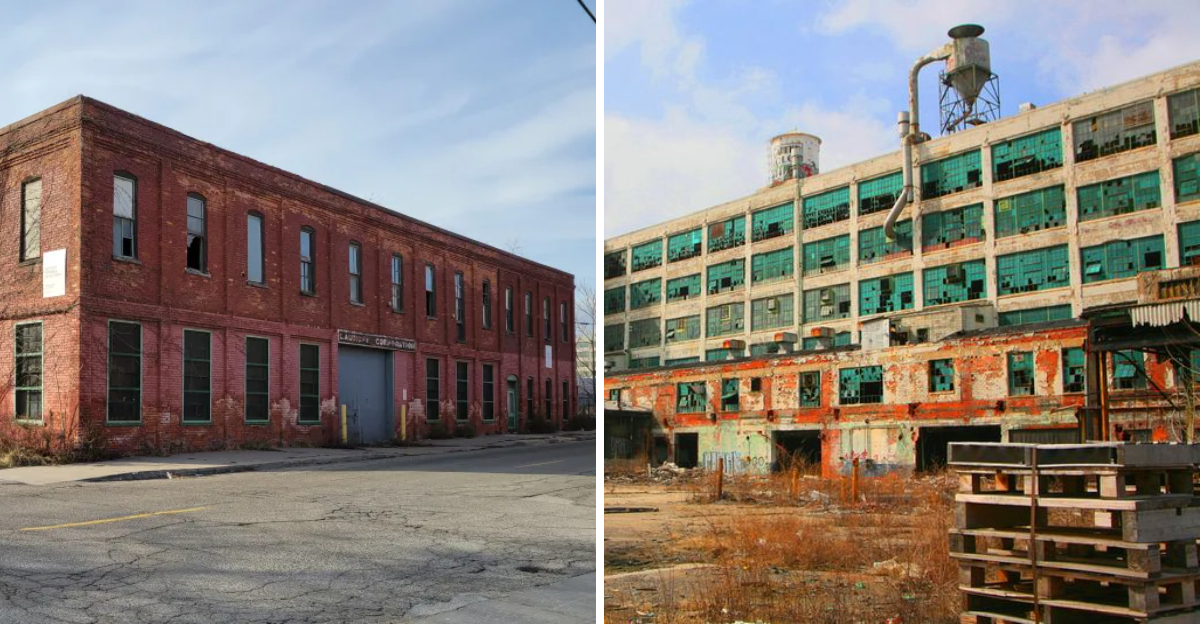
Michigan once hummed with the sounds of industry, where factories churned out cars, copper, and countless goods that built America. But when the economy shifted and companies closed their doors, these massive buildings were left to crumble.
Today, nature is reclaiming what humans abandoned, turning concrete and steel into eerie, beautiful landscapes where vines climb walls and trees burst through roofs.
1. Detroit Copper & Brass Rolling Mills
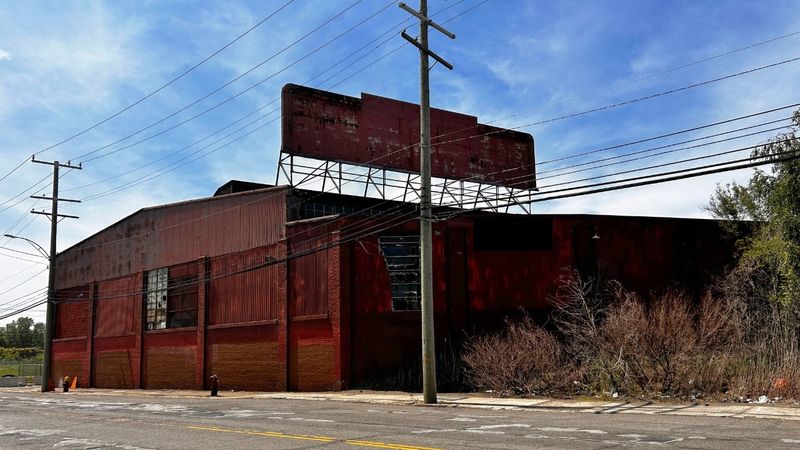
McKinstry Street housed this metalworking powerhouse that transformed raw copper and brass into sheets, rods, and pipes for countless industries. The rolling mills operated with precision, feeding America’s appetite for quality metal products.
Today, the factory resembles a rusty museum where equipment sits frozen mid-task. Metal beams twist like modern art sculptures, and oxidized copper gives walls an unexpected turquoise patina that photographers absolutely adore.
Weeds punch through the factory floor with surprising determination. What once melted metal at scorching temperatures now hosts wildflowers and butterflies, proving that even the toughest industrial sites eventually surrender to green invaders.
2. Packard Automotive Plant
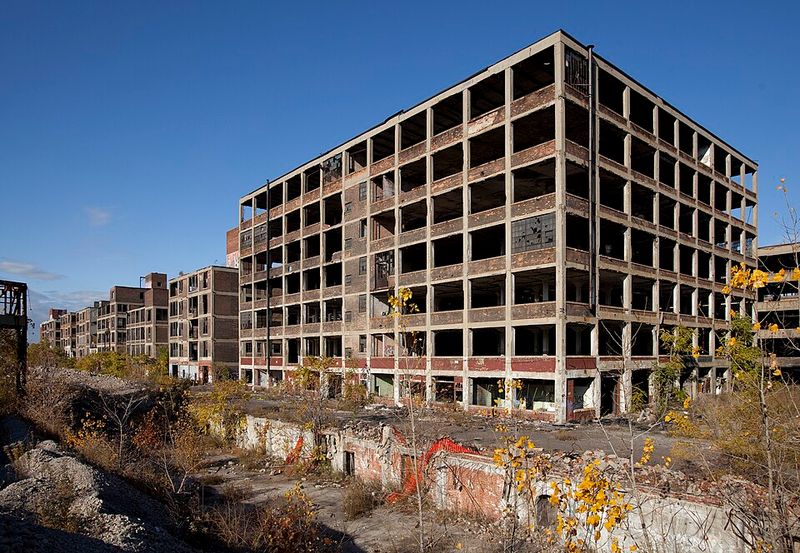
Once the pride of Detroit’s automotive empire, this sprawling complex at 5555 Concord Street manufactured luxury Packard cars until 1956. Spanning 35 acres, the factory now stands as a skeletal reminder of Motor City’s golden age.
Graffiti artists have turned walls into canvases while Mother Nature works overtime. Trees sprout from upper floors, and vines creep through shattered windows like nature’s slow-motion takeover.
Urban explorers flock here despite danger warnings, drawn to the haunting beauty of decay. The building’s sheer size makes it one of America’s largest abandoned factories, a crumbling monument to industrial ambition gone silent.
3. Marlborough Cement Factory
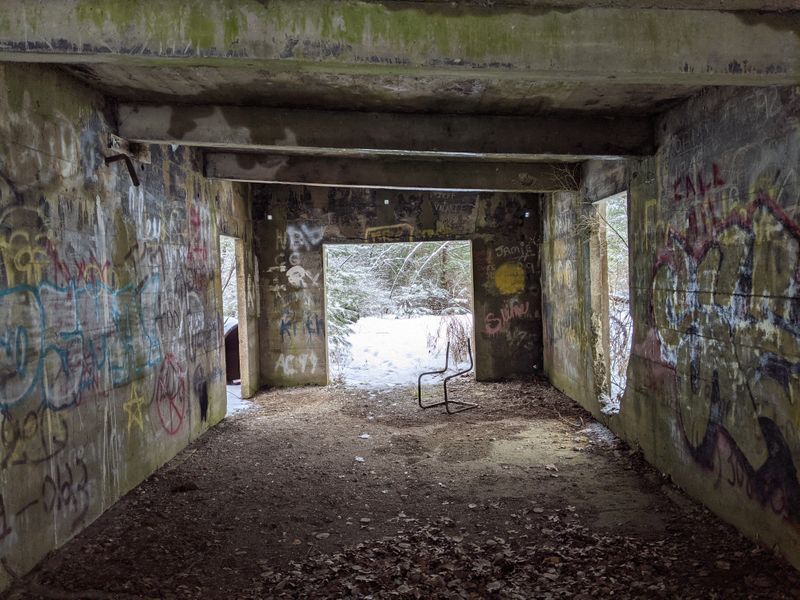
Cement dust once clouded the air around this massive production facility that helped build Michigan’s infrastructure. The factory churned out tons of cement daily, supplying construction projects across the state during its heyday.
Now silence reigns where machinery roared. Towering silos stand like giant tombstones while saplings push through cracked foundations, proving concrete isn’t quite as permanent as we thought.
Wildlife has moved into abandoned offices and storage areas, creating an unexpected urban sanctuary. The irony isn’t lost—a place that once turned rock into building material now crumbles back into the earth, completing nature’s circle.
4. Prestolite Factory
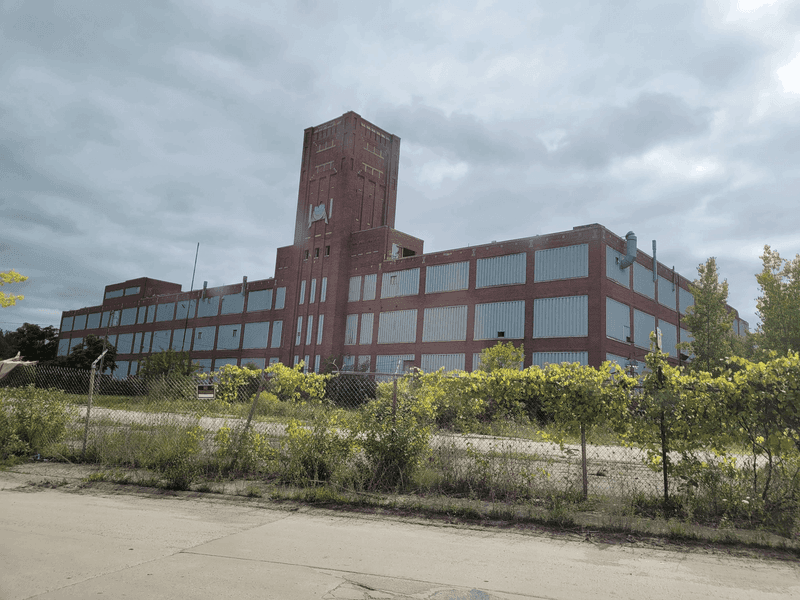
Bay City’s Prestolite Factory cranked out electrical components and ignition systems for automobiles, keeping vehicles running smoothly across the nation. Workers assembled spark plugs, batteries, and wiring harnesses in this bustling facility for decades.
The building now sags like a tired giant ready for a nap. Windows gape like missing teeth, and the roof plays peek-a-boo with the sky where sections have collapsed entirely.
Birds nest in rafters where assembly lines once hummed. Ivy climbs exterior walls with admirable persistence, creating a green curtain over faded brick. Nature doesn’t care about property values or historical significance—it just keeps growing, one vine at a time.
5. Fisher Body Plant 21
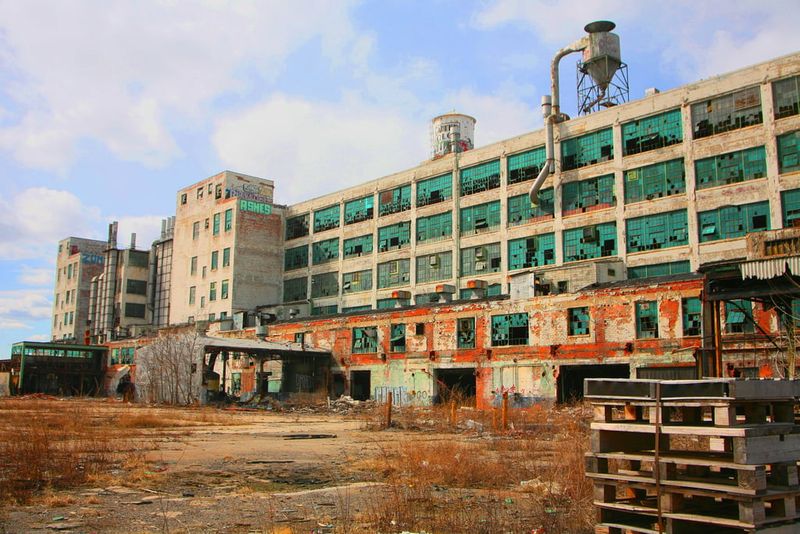
General Motors operated this enormous facility to stamp out car bodies and frames, supplying the automotive assembly lines that made Detroit famous worldwide. Thousands of workers clocked in daily, their labor shaping America’s transportation future.
The plant now resembles a post-apocalyptic movie set. Stamping presses sit idle and rusted, while office papers scatter across floors like confetti from a decades-old party nobody cleaned up.
Saplings grow from the factory floor, reaching toward skylights that barely exist anymore. It’s weird seeing trees indoors, but nature doesn’t follow building codes. The parking lot has become a meadow where dandelions outnumber memories.
6. Ardis Furnace

This iron smelting operation blazed hot enough to turn ore into molten metal, feeding Michigan’s insatiable industrial appetite. The furnace roared day and night, its glow visible for miles as it processed raw materials into usable iron.
Now the furnace sits cold and hollow, a giant’s fireplace gone dark forever. Brick smokestacks point skyward like accusing fingers, wondering why humans abandoned what they built with such ambition.
Moss carpets the stone foundations, softening harsh industrial edges. Young trees circle the structure like curious children examining a sleeping dragon. The transformation from fire and fury to peaceful ruin happens slowly, but inevitably, one season at a time.
7. Western Knitting Mills
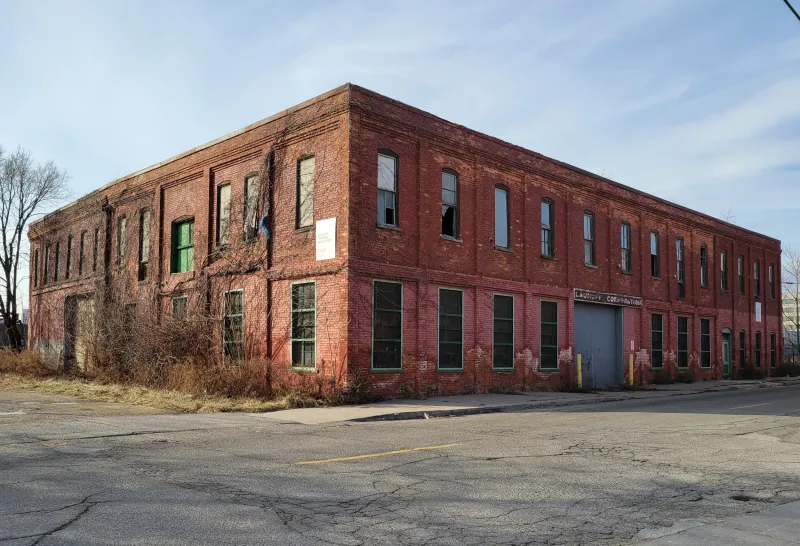
Rows of knitting machines once clattered in rhythm, producing socks, sweaters, and undergarments that clothed American families. The mill employed skilled workers who understood the delicate dance between yarn, needles, and timing that creates fabric.
Machines now sit silent and cobweb-covered, their needles frozen mid-stitch. It’s like the factory fell asleep mid-shift and nobody bothered waking it up for the next hundred years.
Fabric scraps still litter floors, faded and moth-eaten but recognizable. Vines snake through broken windows, weaving their own patterns on walls where production schedules once hung. Nature’s textile work takes longer but lasts forever, turning brick and mortar into organic art.
8. Mount Clemens Sugar Company
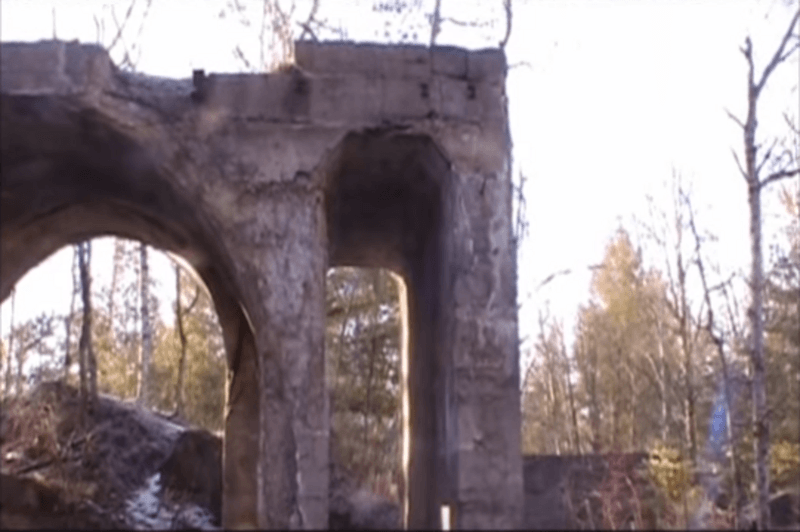
Sugar beets arrived by the truckload at this processing facility, where they were transformed into the sweet crystals that filled kitchen cupboards. The factory operated seasonally, working overtime during harvest when beets needed immediate processing.
Sweet smells have long since faded, replaced by musty decay and earth. Processing tanks rust peacefully while equipment that once handled tons of beets now handles only dust and debris.
Wildflowers bloom where loading docks stood, creating accidental beauty in industrial ruins. The building leans precariously, as if considering whether to stand another decade or finally surrender. Either way, nature wins—it always does, with patience that outlasts steel.
9. Clipper Belt Lacer Company Complex

Specialized machinery emerged from this complex, producing belt lacers that connected conveyor systems in factories nationwide. The company’s products kept industrial America moving, literally linking one process to another with metal fasteners.
Irony strikes hard—the building that made connectors now disconnects from civilization. Walls crumble, roofs collapse, and the complex slowly separates into component parts, just like the belts it once joined together.
Raccoons and possums explore rooms where engineers once drafted designs. Rust decorates metal surfaces like abstract paintings nobody commissioned. Trees grow closer each year, their roots slowly prying apart foundations with relentless, invisible force that laughs at human construction.
10. Henry Rowe Manufacturing Company Factory
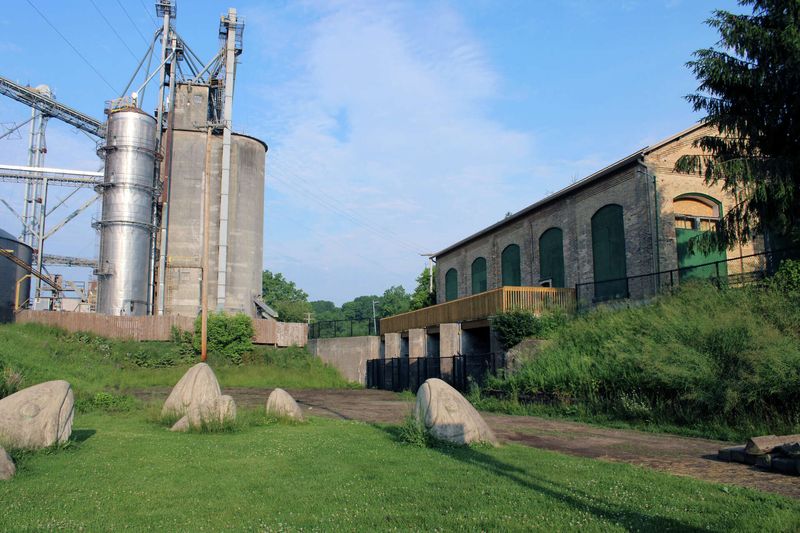
This factory produced various manufactured goods during Michigan’s industrial boom, employing local workers who walked to shifts from nearby neighborhoods. The company name once meant quality and reliability, stamped proudly on products shipped across America.
Now the name barely shows through grime and graffiti on crumbling facades. Windows stare blankly like eyes that have seen too much and finally gave up caring what happens next.
Interior spaces transform into accidental greenhouses where sunlight streams through broken roofs. Seedlings sprout in unlikely places, finding purchase in cracks filled with decades of dust. The building becomes less factory and more ecosystem with each passing season, hosting life it never intended.
